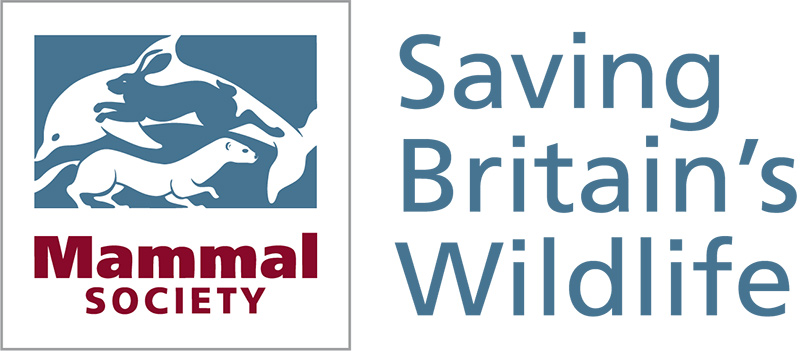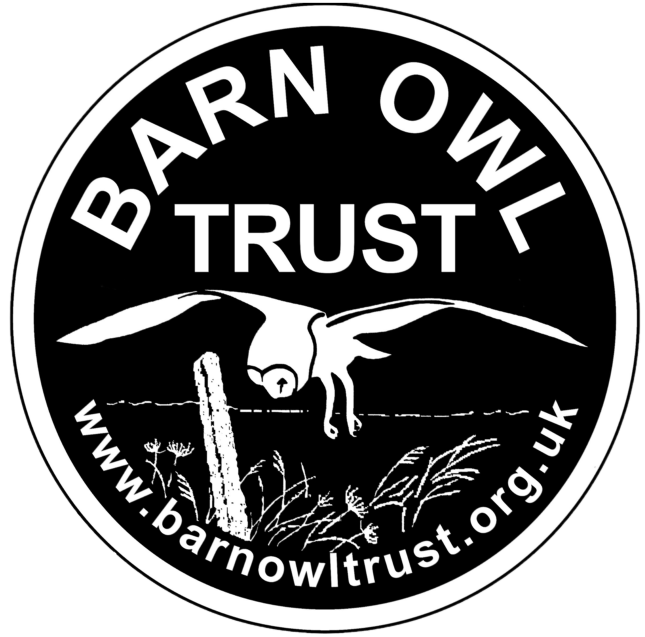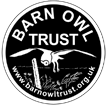Searching for Shrews

A joint project by the Barn Owl Trust and the Mammal Society

The Greater White-toothed Shrew – an invasive species
If you’ve ever identified small mammal skulls from a Barn Owl pellet, you may remember a very distinctive feature of the Common Shrew and Pygmy Shrew: their pointed teeth have red tips! However, now there is a chance that you might discover a shrew skull with teeth that are all white, which would have belonged to a (you’ve guessed it!) Greater White-toothed Shrew.
The native range of this shrew species stretches from Germany, through Holland, France and Spain, to Portugal, and into northern regions of Algeria and Morocco. However, in 2008, it was confirmed to have arrived in the Republic of Ireland, and Great Britain followed in 2022. Not only is the species now established in both places, but it is spreading quite quickly.
In the Republic of Ireland, the newly-arrived Greater White-toothed Shrew has clearly had a negative effect on the native Pygmy Shrew, which can no longer be found anywhere where its larger relative has become established. In fact, Ireland’s National Biodiversity Data Centre classify the Greater White-toothed Shrew as ‘Invasive’, and the GB Non-native Species Secretariat list it as ‘likely to have a major impact’.
Greater White-toothed Shrew
Searching for Shrews – a citizen science project
Barn Owls eat shrews in general, and the remains of Common Shrew and Pygmy Shrew frequently appear in their pellets. This means that Barn Owls can also help monitor the expansion of the Greater White-toothed Shrew in Great Britain. The Barn Owl Trust and the Mammal Society are working together in a partnership called ‘Searching for Shrews’, with the aim of helping citizen scientists to collect and dissect Barn Owl pellets, on the lookout for shrew skulls with white teeth, instead of red ones. The Mammal Society has created a network of groups that will analyse the contents of Barn Owl pellets, and sourcing a supply of pellets is where you might be able to help!
If you know where a Barn Owl roosts or nests, we would like to invite you to consider taking part in this exciting project. By collecting pellets, you could provide Searching for Shrews with the raw material it needs. Please read our guidelines (see link below) on collecting and sending the pellets to the Mammal Society, who have set up a Freepost (Freepost – MAMMALSOC). The Mammal Society also have a great webpage on the project here: https://www.mammalsociety.org.uk/current-research/searching-for-shrews.
Barn Owl pellet and droppings
Common Shrew skull
Barn Owl pellets


![Droppings pellet 2 [kevin keatley] 000000 (b) Droppings pellet 2 [kevin keatley] 000000 (b)](https://www.barnowltrust.org.uk/wp-content/uploads/droppings-pellet-2-Kevin-Keatley-000000-B.jpg)
![Pellet common shrew skull [chris richards] 220606 (b) Pellet common shrew skull [chris richards] 220606 (b)](https://www.barnowltrust.org.uk/wp-content/uploads/Pellet-Common-shrew-skull-Chris-Richards-220606-B.jpg)
![Signs pellet drop lewdon 2 [kevin keatly] 180311 (a) Signs pellet drop lewdon 2 [kevin keatly] 180311 (a)](https://www.barnowltrust.org.uk/wp-content/uploads/signs-pellet-drop-lewdon-2-Kevin-Keatly-180311-A-scaled.jpg)